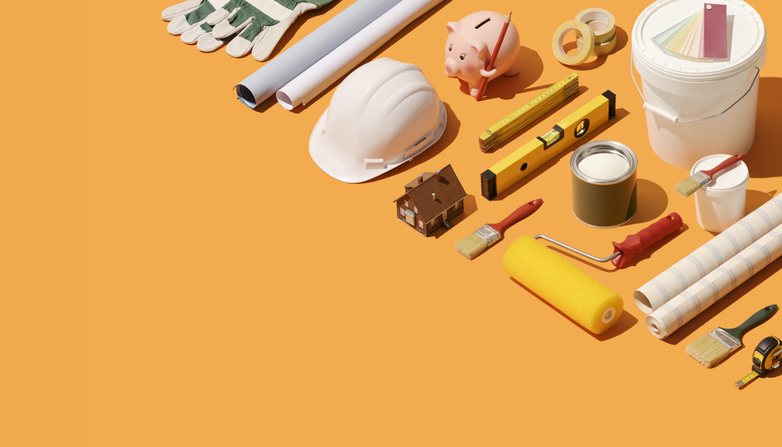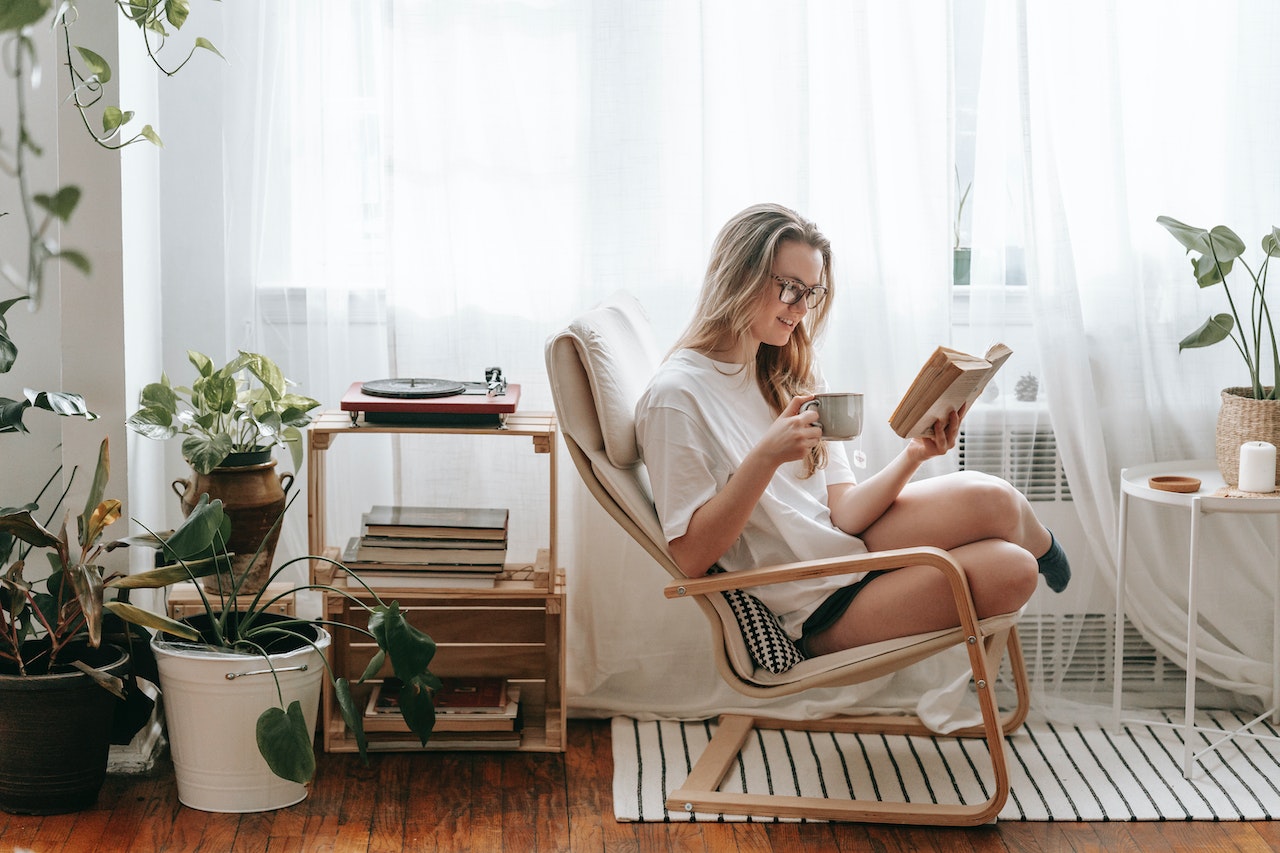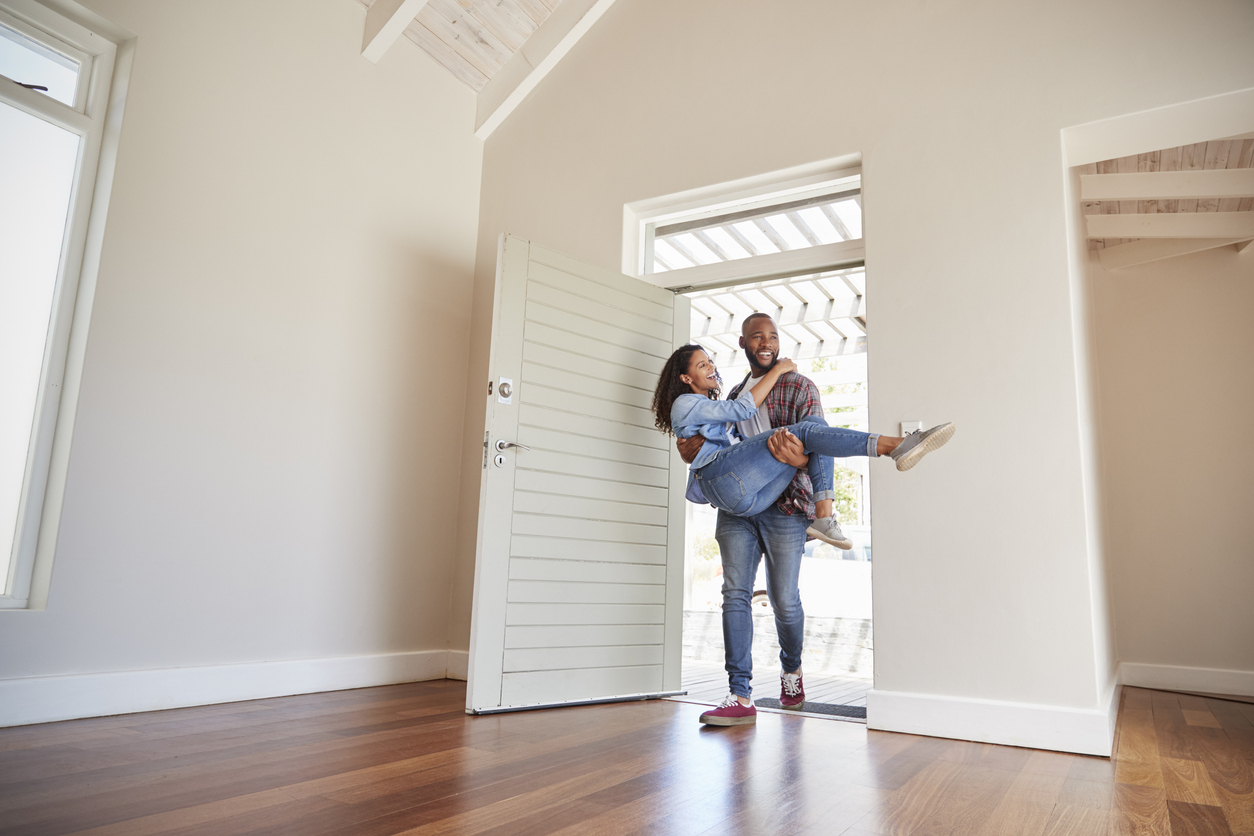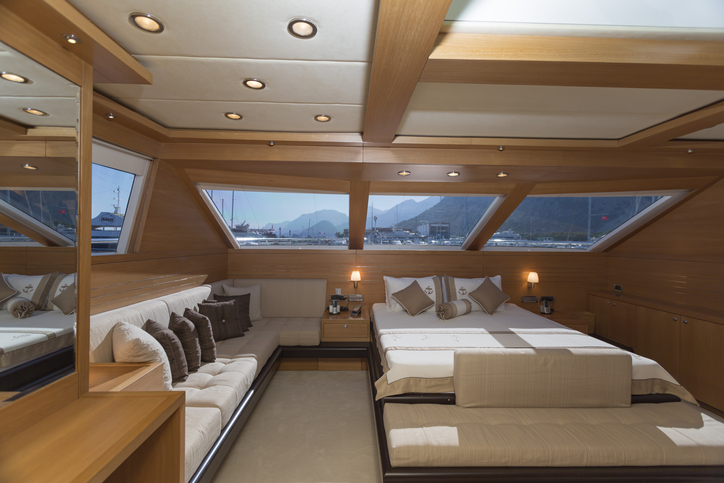Sometimes less isn’t more! While the sparse, clean, seemingly empty minimalist spaces appeal to some, they leave others feeling underwhelmed. While the minimalist aesthetic with its clean lines and neutral hues is still embraced by its devout design fans, the trend to go maximal is taking off. If you’re feeling starved for color and gravitate toward eclectic styles, diverse patterns, and unique decorative features, you may find that maximalism is the perfect style of decor for you.
What Is Maximalism?
When people describe minimalistic decorative schemes, they often use words such as functional, practical, and clean. However, maximalism isn’t precisely the opposite of the minimal aesthetic. A maximal design can certainly be functional and clean, to the extent that it is uncluttered. A maximal design does typically include more decorative features than a minimal one or, it may seem so because of the attention to color, pattern, and texture that maximalist designers bring to these spaces.
Maximalism is, however, a definite reaction to the minimalist trend of the last several years. While minimalism reflects a quiet, stark approach to decor, maximalism is loud with brighter colors and vibrant patterns. In fact, patterns may even compete for attention. Furnishings tend to be eclectic and reflect different global styles. Maximalism is not about clutter or hoarding items; it’s about showcasing special decorative features such as rich upholstery or a special collection. It’s about celebrating boldness and creativity.
Elements of Maximalism
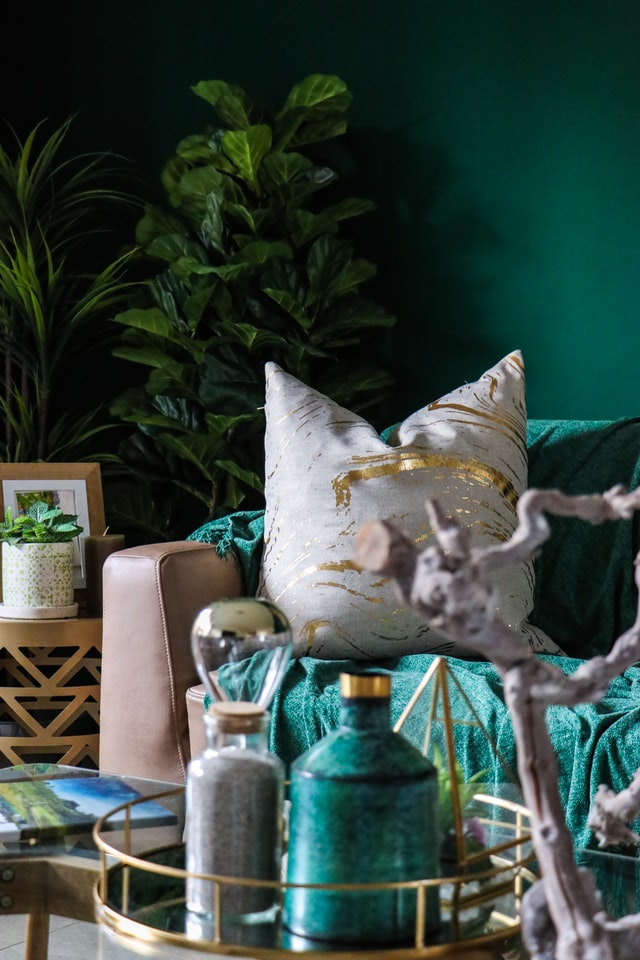
Even though maximalism started out as a reaction to the minimalist style of decor, it embodies elements of previous decorative styles. Although more about ‘stuff’ than minimalism, the baubles, collections, and colorful aspects that define this aesthetic have purpose. Lovers of maximalism use decorative elements to tell a story or communicate a feeling of joy, exuberance, and even extravagance. As a decorate and design genre, maximalism features some specific elements that you may want to employ when decorating your home.
Color, Pattern, Texture
Maximalism features a focus on bold colors, patterns and textures. Designers frequently mix these elements to create dynamic and energetic decorative schemes. While there is no specific color palette to use, you’ll want to choose vibrant hues like bright yellows, reds, oranges, violets, and other hues that refuse to play quietly.
Create Contrast
When mixing your colors, patterns, and textures to achieve a maximalist style, you should strive for creating strong contrasts between them. Pair velvet curtains with crepe tie-backs. Contrast a geometric-patterned rug with armchairs upholstered with a chevron print. If you love pairing bold colors, this decorative style is for you. You can create a look where your colors burst with visual flair in spite of their contrasting color families.
Layering for an Opulent Look
While minimalism is all about stark functionality, maximalism is about maximizing comfort and luxury. Layer your window treatments with rich textiles. Adorn your sofa or bed with satin-soft coverings or faux-fur throw pillows. You’ll want to layer your fabrics to achieve a sumptuous look and feel for your living space.
How to Achieve Maximalism at Home
As you begin to plan for your maximalism makeover, you’ll want to take a curated and not a cluttered approach to your decor. Rather than showcasing a conglomeration of stuff, choose items that reflect a thematic angle. For instance, you might have a special collection of items that can form the backbone of your design aesthetic—these inspiration pieces can help you tie your room together for a more seamless and intentional look. These items or special collections might include:
- Native American pottery
- Venetian masks
- Asian silk fans
- Vintage botanical sketches
- African painted carvings
- Colored art glass
- Statuary
Your decorative collection’s colors or place of origin may influence your choice of other decorative elements such as textiles and patterns.
Start with a Neutral Foundation
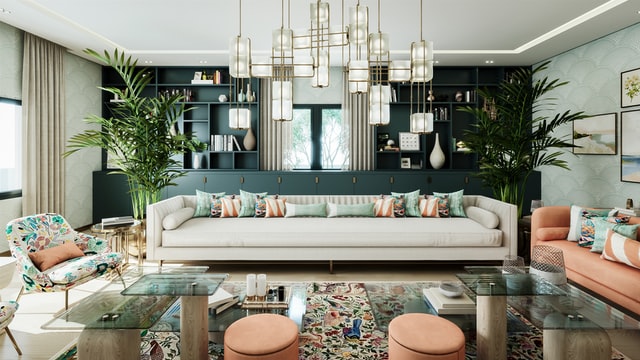
When you’re beginning your decorative plan, it’s best to begin with a neutral foundation and built from there. Consider your walls and flooring. Your plan is likely going to involve them. You may want to install new flooring or cover your floor with an area rug or carpeting. You’ll want to select colors that help you express your room’s mood and that complement the items you want to introduce to the space like furniture and draperies.
Focus on Balance
Even in the maximalism decorative style, while you might be tempted to think that anything goes, you should focus on maintaining some balance between your heavy design elements. Otherwise, when too many items, colors, and patterns are competing, you can muddy your design aesthetic so that it feels oppressive rather than uplifting. For instance, you might balance your overstuffed sofa with a pair of sleek armless chairs. You could balance your dark red walls with lots of white, cream, or other light-hued accents to prevent the room from appearing too dark.
Showcasing Elements
Choose furnishings that allow you to adequately showcase objects of art or your special collections. Open shelving is versatile and will even help you divide up your room if you need to. Consider showcasing items at different heights or in opposite areas of the room to help you tie your decor together.
Furniture
The sky’s the limit when it comes to your furnishing selections. Of course, you can pair your plush hot pink sofa with wicker end tables. You can mix and match furniture from different eras by pairing items for other reasons, like their colors or lines. You can find ways to tie different pieces together to create an eclectic aesthetic that somehow—through color, texture, or pattern—work.
Wallpaper
Consider wallpapering one or more of your walls to complement a painted wall or two. In fact, you might choose your paint color based on one of the colors reflected in your wallpaper selection. Your wallpaper can also provide you with a fun decorative angle like toile, vintage circus, Mid-Century atomic, tropical, and so on.
Carpeting and Rugs
Your carpeting and rug selection can enhance your room’s comfort as well as its decorative style. Choose floor coverings that convey a luxuriant feel. Choose soft rather than stiff or bristly fibers. Your carpeting and rugs may also feature bold hues and eye-catching patterns that complement the rest of your design plan.
Statement Pieces
An attention-getting statement piece can inspire your room’s entire decor. Statement pieces are often large, but they don’t have to be. A collection of small Russian matryoshka makes for a great statement collection. On the other hand, a large old painting with bold colors or even a musical instrument like a harp can become a decorative standout that helps you define your decorative look.
Curtains and Draperies
When installing curtains, draperies, or shades, feel free to layer them to help you introduce more color and pattern into your space if needed. Your layers can also reflect different textures. For example, pair bamboo shades with a sheer layer of curtains topped by blackout draperies with a complementary color or pattern.
Gallery Walls

To bring your maximalism aesthetic together, consider creating a gallery wall that features a collection of photos or art prints. You might create a collage of items perched on shelving or showcase your favorite Florida family vacation photographs. Your gallery wall can also inspire the look or thematic approach for the rest of the space.
Art
Whether you enjoy formal framed art, folk art, or eclectic art you’ve picked up in your travels, you can show it off in your newly designed room. Hang art that helps your tie your decor together or is reflective of your thematic angle. Not sure what types of art prints will help you create a head-turning space in keeping with maximalist style? Here are a few ideas for inspiration:
- Surreal art
- Anthropomorphic art
- Mexican folk art
- Pop art
- Street art
- Asian art
- Parody art
- Fantasy art
Choose art that helps you convey a mood or that contributes to your overall decorative plan.
Maximalism, Room by Room

You can transform your whole home with maximalism design principles. While each room may complement one another, you can infuse each space with singular design elements that contribute to your maximalism makeover.
Living Room
Plan a bold living room filled with comfortable fabrics that are soft and plush to the touch. Choose a lively color scheme that lends positive energy to the space.
Kitchen
Opt for a colorful palette in your kitchen. Consider hues like canary yellow, tomato red, or shamrock green. Just be sure to balance your color selections with patterns and textures that help you build harmony into the space.
Bathroom
Create a bright, eclectic bathroom with decorative tiles like Talavera or Portuguese tilework. A bright color scheme will help you achieve a more spacious feel while enlivening the mood of the room.
Bedroom
You can create a playful bedroom with kitschy decorative elements, vibrant colors, and sumptuously soft textures. Let your decorative personality shine when you approach this most personal of spaces. Want to recreate Lady Godiva’s boudoir or Hermione’s Hogwarts bedroom? Now’s your chance!
Other Fun Design Styles that Challenge Minimalism

As you think about redecorating your home and minimizing that minimalism aesthetic, you might also consider other bold styles that challenge the sparse and Spartan look of a minimalism decor.
Memphis Style
Memphis style is all about fun with color and geometric shapes. Think walls that feature bold color blocks traversed by unruly squiggles or polka-dotted zig zags.
Kindercore Style
Kindercore style also reflects a bold geometric aesthetic, but it’s more in keeping with Art Deco design principles. It reflects the aesthetic of geometric art by 20th century modern artists like Piet Mondrian.
Grand Millennial Style
Love nostalgic floral wallpaper or want to show off the antique parlor chairs you inherited from a grandparent? Grand Millennial style, with its throwback aesthetic awash with cozy comfort, might be ideal for you.
If you’ve grown tired of a minimalist approach to design and decorating, you’ll find that inspiration awaits you in maximalism and other design styles that are growing in popularity. Consider these ideas and then create a plan that is truly reflective of your design personality.

